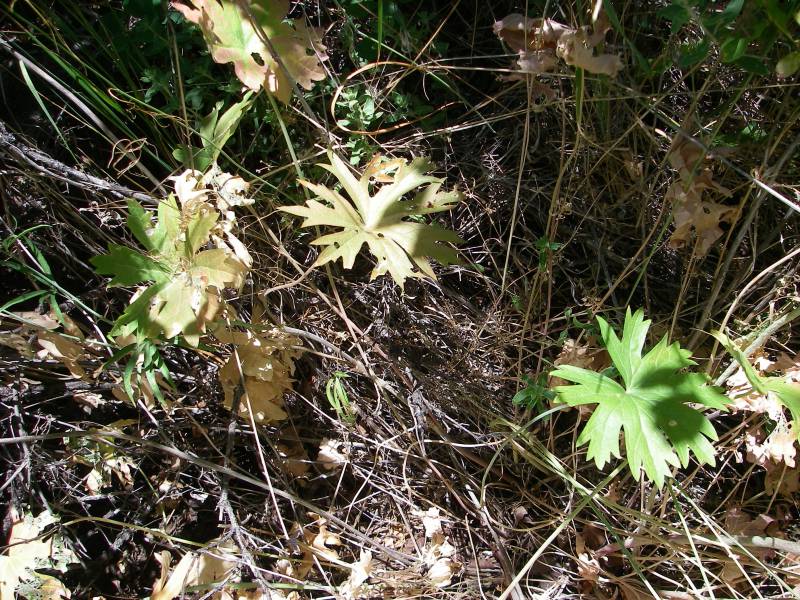Hosted by the University of Washington Herbarium, Burke Museum
Publication: Memoirs of the American Academy of Arts and Science, new series 4(1): 20. 1849.
Origin: Native
Herbarium search: CPNWH
Notes: FNA12: "Subspecies oregana is variable; it intergrades with subsp. spicata and Sidalcea setosa. C. L. Hitchcock (1957) accepted five varieties within the typical subspecies; morphological intergrades exist. A case can be made for recognition of var. calva C. L. Hitchcock, which has been listed as endangered both federally and in Washington, where it is endemic. These plants are generally robust, sparsely appressed-hairy with four-rayed hairs, the leaves are generally nearly glabrous and fleshy-textured, and the calyx lobes are subglabrous and ciliate. Found in the Wenatchee Mountains, an area of high endemism, var. calva does not appear to be much different from other, nearly glabrous populations elsewhere; it appears to be the only variety with a chromosome count of 2n = 60. This treatment does not accept both subspecies and varieties within Sidalcea; therefore, it has been placed here into synonymy with the wide-ranging, variable typical subspecies. Subspecies oregana can generally be distinguished from the other subspecies by its more-open inflorescences that are elongated in fruit, its multistemmed clumps as much as 30 cm in diameter, its generally stellate-hairy to glabrescent stem bases, its generally uniformly stellate-hairy calyces, its somewhat reticulate-roughened mericarps, and its bracts that are generally equal to or shorter than the young flower buds. Subspecies oregana appears to be the source of commonly sold cultivars. It has been listed as sensitive in Montana and as rare in British Columbia."
Last updated 7/14/2016 by David Giblin.

